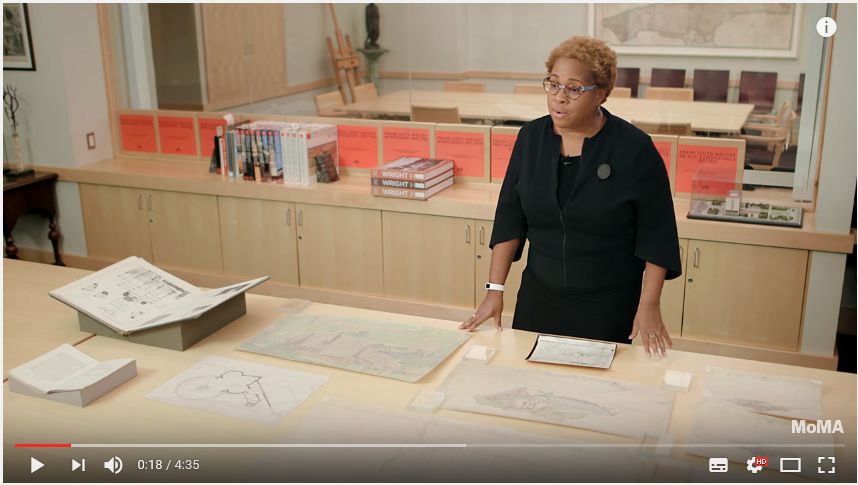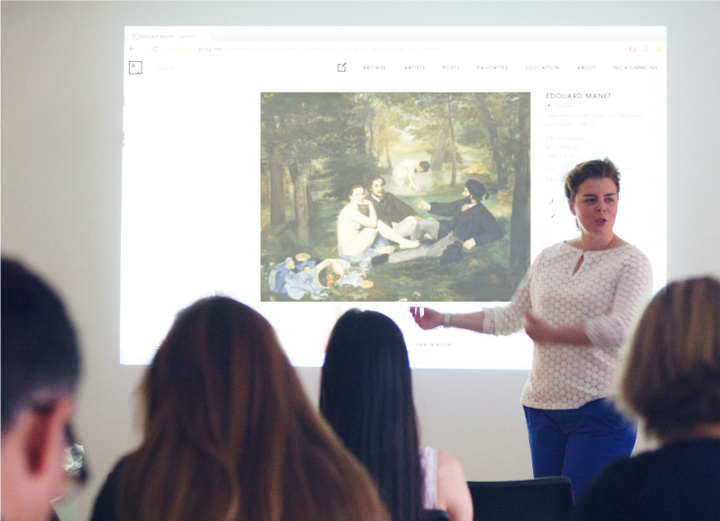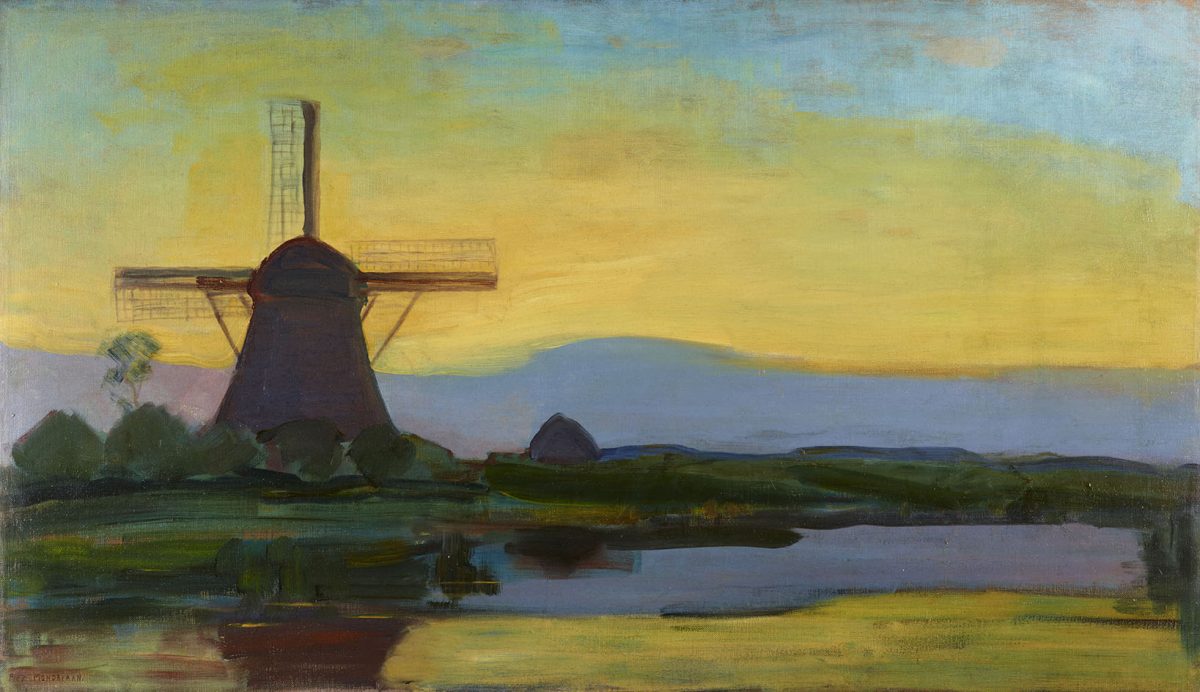Voici un site sur lequel les amoureux de l’art et les collectionneurs trouveront des informations sur leurs artistes favoris, mais pourront également faire des découvertes par sérendipité et association d’images.
Ce site se présente à première vue comme un site commercial mais il contient des petites pépites, en particulier ce qui me tient particulièrement à cœur, leur section “Education“. Les pages des artistes (modernes et contemporains) sont assez bien conçues, avec un dernier onglet “Related Artists” qui permet de rebondir sur des artistes proches par leur travail ou leur concept.
Malheureusement pour les non-anglophones, le site est exclusivement en anglais.
Here is a site on which art lovers and collectors will find informations about their favourite artists, but will aslo make discoveries by serendipity and images associations.
This site opens at a first sight like a commercial site, but it contains nuggets, like the ‘Education‘ section, which is particularly important to me. Related artists pages (modern and contemporary) are well conceived, with the last tab ‘Related Artsits’ which allow to jump on near artists by work or concept.
Just too bad for not English-speakers that it is only in English.
Visit https://www.artsy.net/




